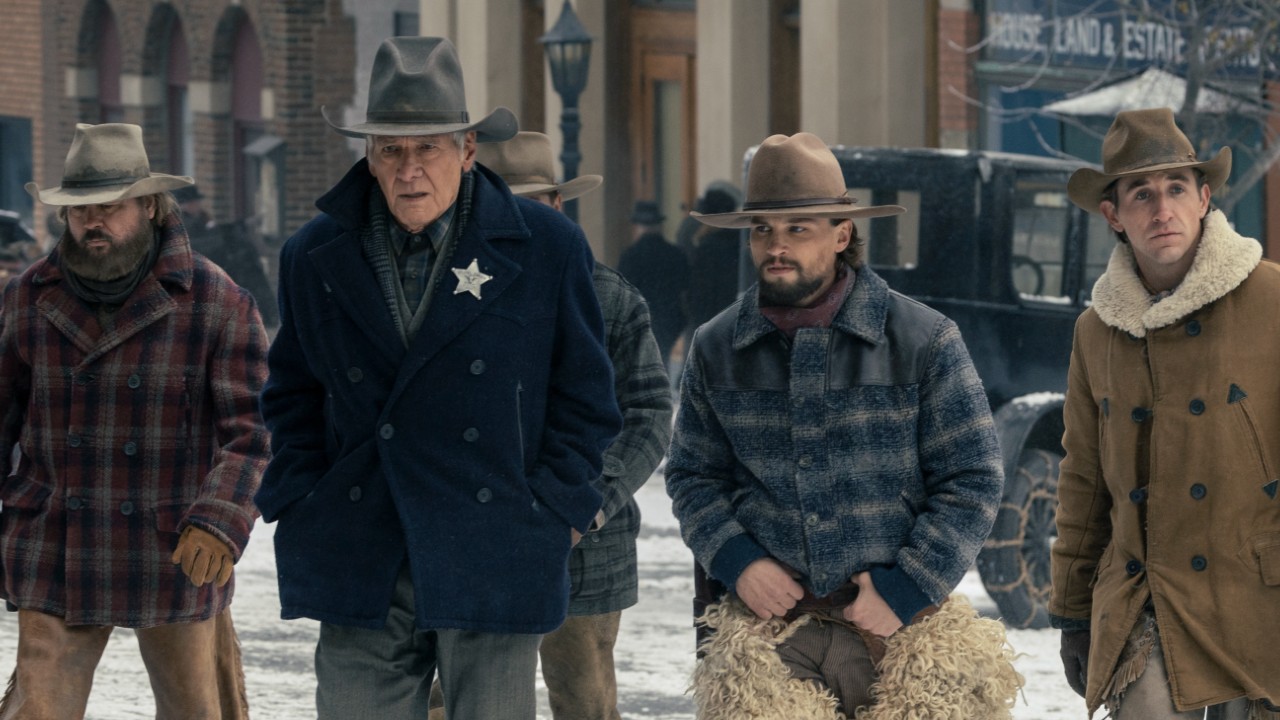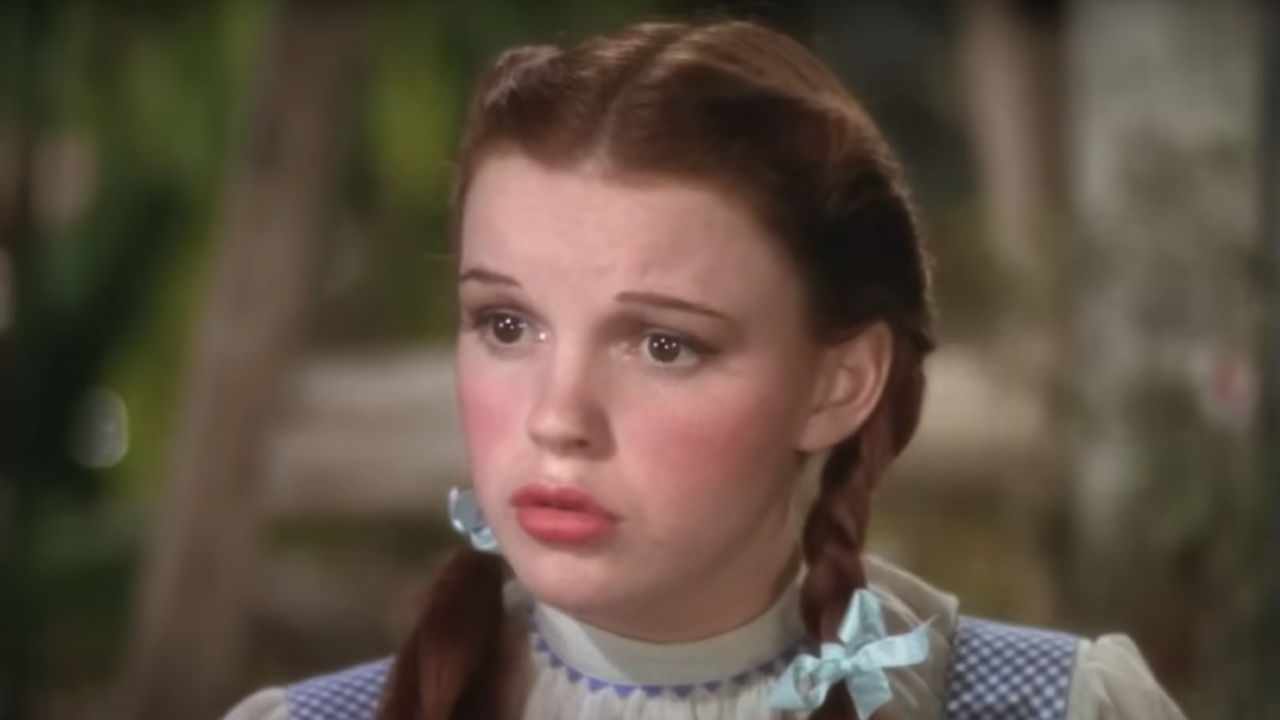Adapting Stephen King's Cycle Of The Werewolf: Does 1985's Silver Bullet Howl Or Merely Whimper?
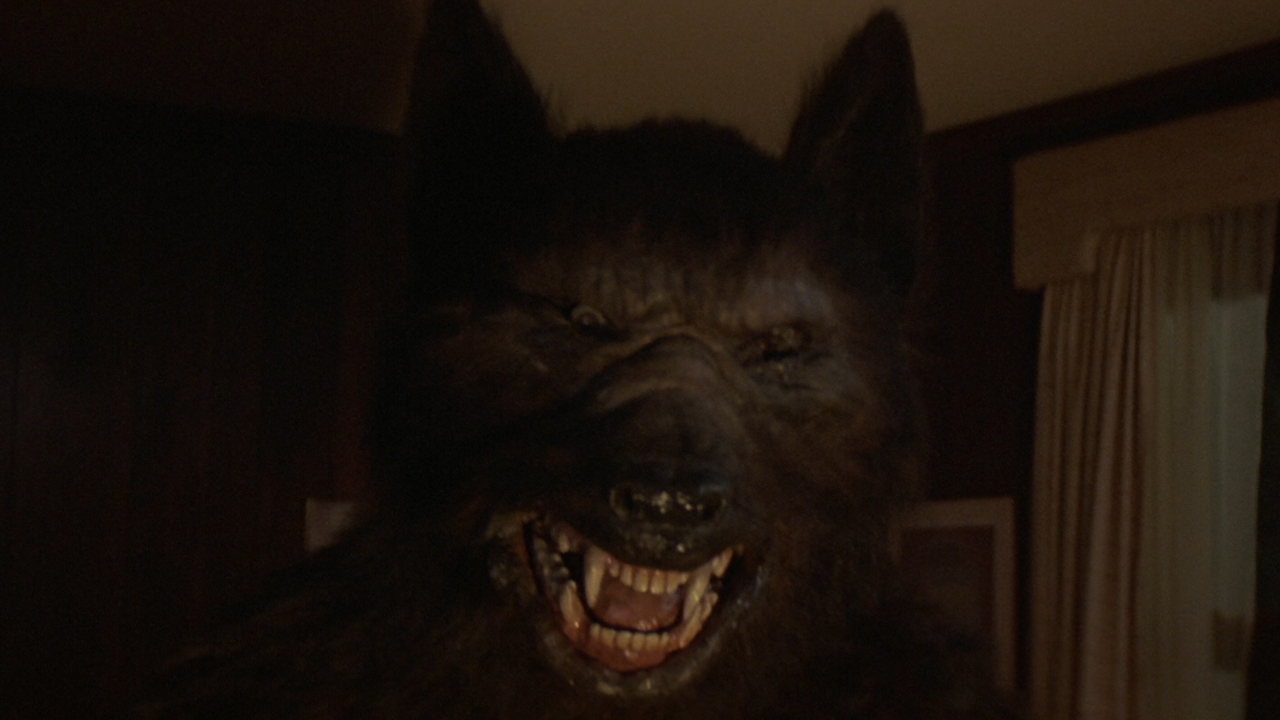
In modern cinema, movies have been made inspired by everything from books, to songs, to board games, to theme park rides, but how many films can you name that have origins involving an idea for a calendar? While I can’t swear there isn’t at least one other example, the only one I can personally name is Silver Bullet: the 1985 feature based on Stephen King’s novella/novelette Cycle Of The Werewolf.
The Stephen King Companion by George Beahm traces the whole concept’s roots to 1979 when Land of Enchantment publisher Chris Zavisa approached King in a hotel lobby during Providence, Rhode Island’s World Fantasy Convention. As originally conceived, the author and artist Bernie Wrightson were brought together to work on an illustrated calendar that would include artwork by Wrightson and “a brief text” by the writer for each month of the year (this being a few years before the two men worked together on the comic book adaptation of Creepshow). However, King wound up over-delivering – as he has long been known to do – and rather than producing a series of 12 simple 500-word vignettes he turned in enough material for a book. Eventually contractual issues prevented King from making a calendar with Land Of Enchantment anyway, and with Wrightson’s spectacular and horrific pen-and-ink drawings included, Cycle Of The Werewolf was published as a limited edition hardcover in 1983, and reprinted as a mass market paperback two years later.
As those who have been reading this column weekly will note, this was during the special period when producer Dino De Laurentiis was keen on bringing every Stephen King story to the big screen, and the filmmaker was quick to nab the movie rights – adding the project to his list of other King adaptations including The Dead Zone, Firestarter, and Cat’s Eye. Don Coscarelli, coming off cult favorites Phantasm in 1979 and The Beastmaster in 1982, was initially attached to write and direct, but his version of the project was rejected by De Laurentiis (as noted during Coscarelli’s appearance on Mick Garris’ Post Mortem Podcast), and ultimately first-time feature filmmaker Dan Attias took the helm, working with a script that the author himself somehow found the time to write.
Released four years after both John Landis’ An American Werewolf In London and Joe Dante’s The Howling, Silver Bullet isn’t precisely remembered as one of the truly great werewolf films of the 1980s – and what I’m here to examine in this week’s Adapting Stephen King is if that’s a legacy befitting the feature, or if it’s a case of movie-fans turning a blind eye to an underrated gem.

What Cycle Of The Werewolf Is About
When Stephen King was approached by Chris Zavisa about the original horror calendar idea, he was in part inclined to say “yes” because of a particular amount of guilt – as explained in The Stephen King Companion. The author was one of many special guests at the 1979 World Fantasy Convention, and while he was excited to be among genre greats including Frank Belknap Long, Bob Bloch, and Fritz Leiber, he was also shamed by how much more successful he was than them at the time. He evidently felt he owed a debt to the genius creatives who forged a path for his career, and making Cycle Of The Werewolf was a kind of retribution.
Being a pulpy, bloody monster story, the novella can be called part of a terrific fiction tradition, though it is also funny to note that its core premise is a touch broken due to the project’s calendar origins. Stephen King implements the typical werewolf rule that the beast only emerges during a full moon – but the narrative is structured to have each chapter be set during a specific month of a single year, and many of the months are accentuated by having the action take place around holidays. The problem with this is directly addressed by King in the book’s afterword:
Any dedicated moon-watcher will know that, regardless of the year, I have taken a good many liberties with the lunar cycle – usually to take advantage of days (Valentine's, July 4th, etc.) which 'mark' certain months in our minds. To those readers who feel that I didn't know any better, I assert that I did... but the temptation was simply too great to resist.
Set in the sleepy Maine town of Tarker’s Mill, Maine (not to be confused with Under The Dome’s Chester’s Mill or The Dead Zone’s Cleaves Mills), Cycle Of The Werewolf begins as the titular beast attacks a man named Arnie Westrum during a January blizzard – kick starting a months-long chain of carnage that terrifies the village.
CINEMABLEND NEWSLETTER
Your Daily Blend of Entertainment News
Most of the town residents hold firm to the idea that it must be a man committing these unspeakable acts, dubbing him the Full Moon Killer, but 10-year-old Marty Coslaw – a paraplegic who uses a wheelchair – knows better. An Independence Day confrontation with the lycanthrope leads him to discover the truth behind the monster mystery and builds towards a New Year’s Eve climax.
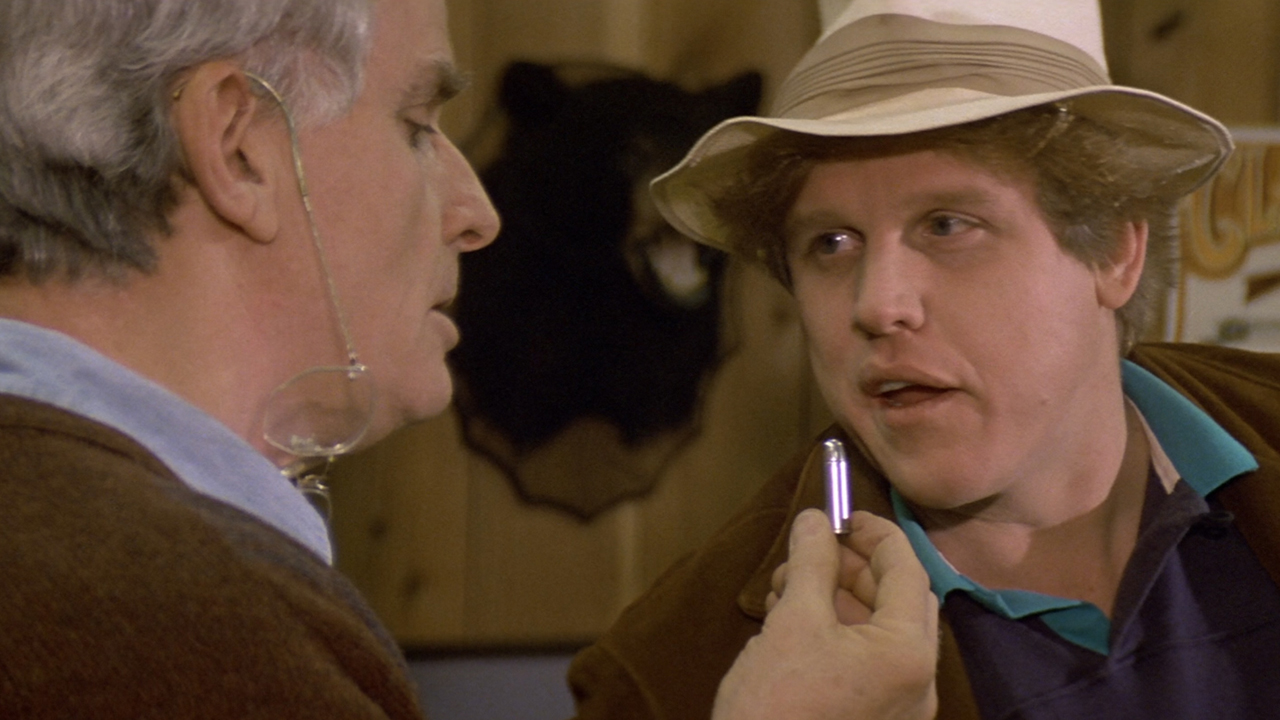
How Daniel Attias’ Silver Bullet Differs From Stephen King’s Cycle Of The Werewolf
Given Cycle Of The Werewolf’s structure and limited length, it would have been practically impossible for Stephen King to write a screenplay that could beat-for-beat replicate his original story. If he had, audiences wouldn’t be introduced to Marty Coslaw (Corey Haim) until halfway through Silver Bullet, and everything prior to his arrival would play out like a series of short films about werewolf violence. While King had previously been criticized for not understanding cinema, he knew that the adaptation would have to significantly deviate from the source material – making it a different kind of big experience from the author after making both Creepshow and Cat’s Eye.
With this in mind, it’s arguably easier to point out the connections between Cycle Of The Werewolf and Silver Bullet instead of highlighting all of the ways in which they differ. In bringing the story to a new medium, Stephen King maintains the story’s biggest beats – including the violent deaths of railroad worker Arnie Westrum (James Gammon) and kite-flyer Brady Kincaid (Joe Wright); Marty successfully taking out one of the monster’s eyes with a firework on July 4th; the nightmare where Reverend Lowe (Everett McGill) watches his entire congregation transform; and the young protagonist requesting help from his uncle (Gary Busey) to commission the creation of the film’s eponymous weapon. Just about everything else, however, is either original, or a riff on the source material that takes it in new directions.
Given that Marty only actually appears in three of the book’s 12 chapters, the most significant additions to the story relate to his expanded role and the further development of the two characters who are closest to him: his sister, Jane (Megan Follows), who is named Kate in the novella; and Uncle Red, who is named Uncle Al (it’s not totally clear why these name changes were made). In the case of the former, what is a traditional sibling rivalry in Cycle Of The Werewolf – an older sister being jealous of the parental attention received by her younger brother – becomes more evolved in Silver Bullet. Not only does Jane come to have a better relationship with Marty over the course of the movie, but she becomes an essential part of the story’s conflict, both helping search for a one-eyed man in Tarker’s Mill after the fireworks incident and standing by his side during the final battle.
As for Al/Red, he maintains the role of reckless-but-well-intentioned Uncle, but there is a bit more depth added to him with the movie painting him as an alcoholic. This serves to particularly enhance the strenuous relationship between him and his sister/Marty’s mom, Nan (Robin Groves), but also provides the character a kind of struggle that helps align him more with his nephew’s point of view. The film version also exclusively makes an argument for himself as “Best Uncle Ever,” as the excessively souped-up motorized wheelchair that he gives Marty –coincidentally dubbed Silver Bullet – is an original creation for the adaptation.
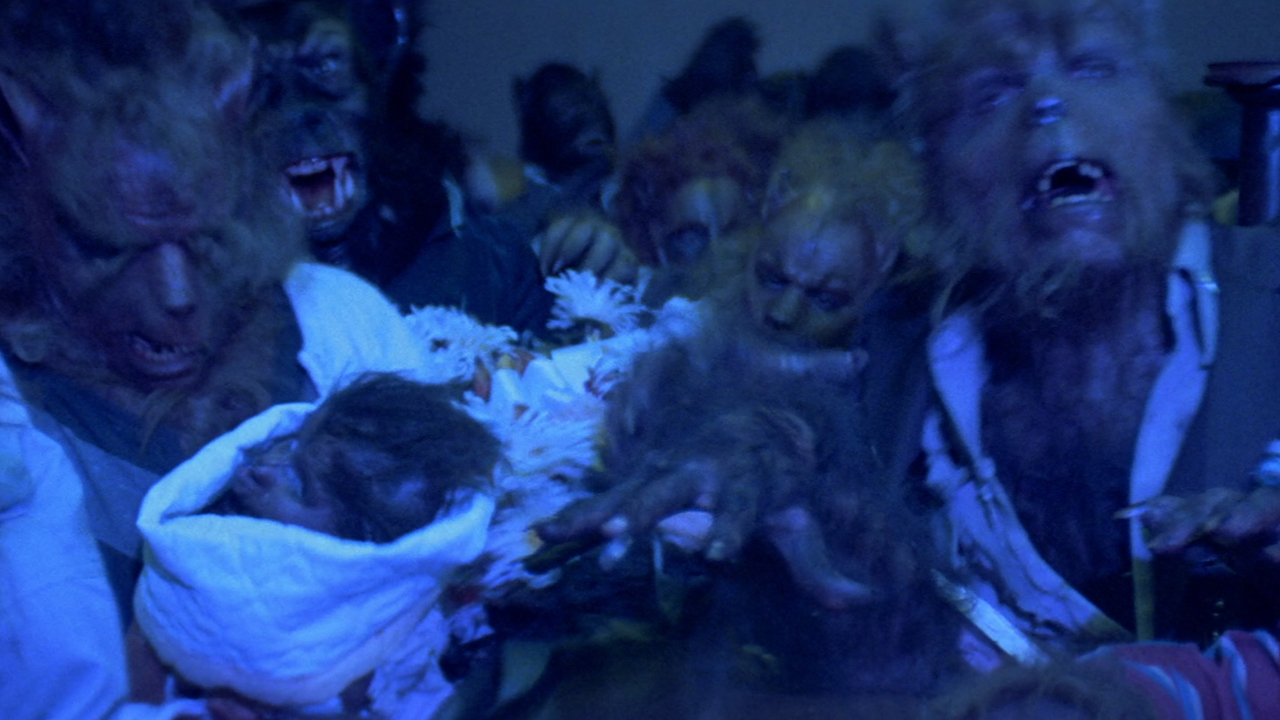
Is It Worthy Of The King?
In the making of any movie, it should go without saying that it is best practice to have all key individuals involved be on the same page regarding important creative decisions before a single frame has been shot. Unfortunately, that wasn’t how things rolled behind the scenes of Silver Bullet. Instead, it is a film that was made with on-going discussions about both the amount of violence that would be featured (Dino De Laurentiis was all about the gore, while Daniel Attias was more interested in the family-friendly aspects of the story), and about the design of the monster.
Understanding this changes one’s perspective on the movie because it makes a number of things about it much more understandable. It doesn’t come across as a feature that quite knows what it wants to be, and is marked by a variety of tonal swings. In some moments it’s akin to the aforementioned The Howling, but in others it shares far more in common with Fred Dekker’s The Monster Squad (a film it beat to theaters by two years). It makes for an uneven cinematic experience – but one that’s made worthwhile thanks to its 1980s horror charm and collection of excellent performances.
Silver Bullet is an exceptional showcase for the talents of Corey Haim, as his performance in the movie demonstrates why he was heralded as one of the great child actors of his generation. Marty Coslaw is a character highly reminiscent of Mark Petrie in Salem’s Lot, but Haim imbues the role with both a unique determination and hunger for adventure.
The young stars’ turn is ballasted by the work from Gary Busey and Everett McGill, both of whom deliver memorable turns. Busey is far better known from his more eccentric performances, but in this Stephen King adaptation he delivers understated and emotional work that plays perfectly in the story – caught between his love for his nephew and the logic portion of his brain telling him that werewolves don’t exist. McGill is embattled in a wholly different conflict, being both a man of god and a chaos-driven monster, and it’s exciting to watch him devolve as he understands his horrible secret may be revealed.
In light of the strength of the characters, the blood and guts side of Silver Bullet feels gratuitous (watching the movie, you wish Attias won a few more of his battles with De Laurentiis), but the attack sequences certainly match the aesthetics that Bernie Wrightson’s art brought to Cycle Of The Werewolf, and are built to scratch the itches of dedicated horror fans. The assault on the search party in the foggy swamp is unquestionably the pinnacle of what the movie has to offer in this department, but you also have to love the effects in play when Milt Sturmfuller (James A. Baffico) gets pulled through the floorboards of his greenhouse, or when Arnie Westrum is decapitated from a single paw swipe.
There is a lot of charm in Silver Bullet as an artifact of its era, especially in its utilization of special effects (Reverend Lowe being attacked by a church full of werewolves has aged spectacularly well for anyone who can appreciate the craft of the film’s makeup team). At the same time, however, it could be said that it is the best movie among the older Stephen King adaptations that could probably use a remake but hasn’t gotten one. And if the big screen isn’t determined as the best place for a new version of Cycle Of The Werewolf, perhaps a TV series centered around the on-going adventures of Marty Coslaw would be the way to go.
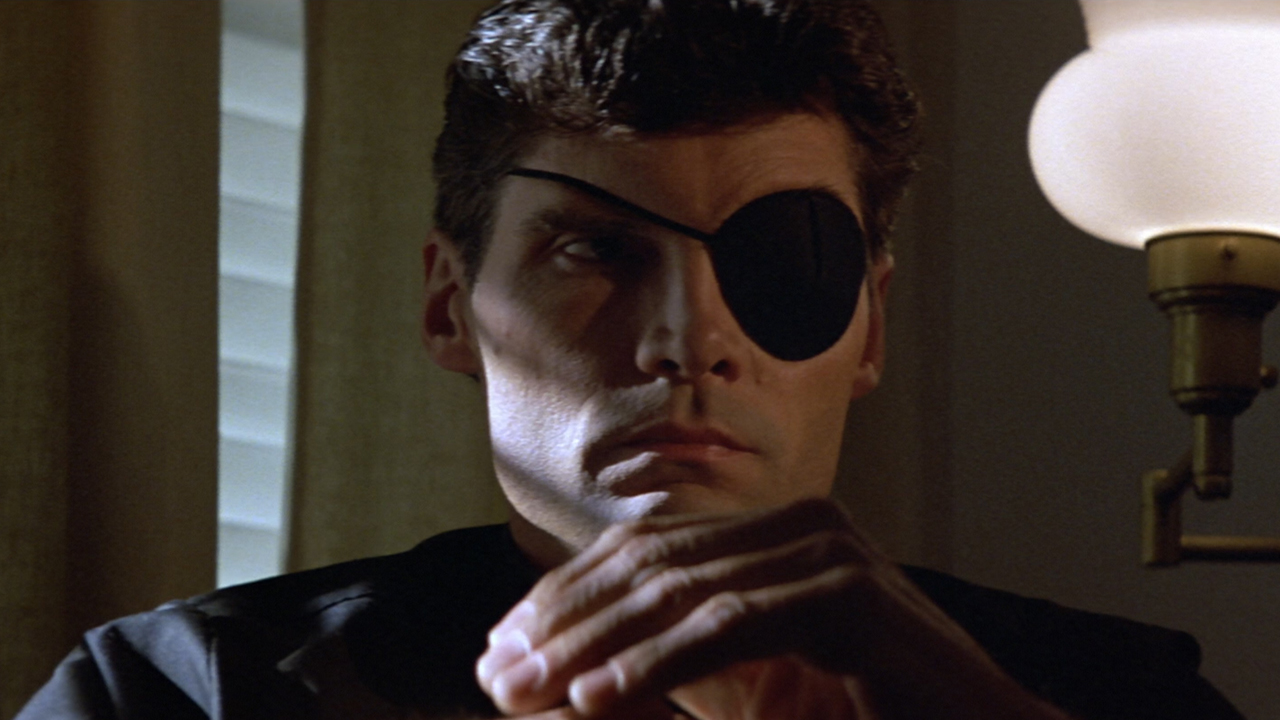
How To Watch Daniel Attias’ Silver Bullet
If you have a mission to build the Ultimate Stephen King collection and buy the best physical media versions of every adaptation, you’re best call for Silver Bullet is the excellent Collector’s Edition Blu-ray released by Shout! Factory – which features a pair of audio commentaries as well as a number of lengthy and exclusive special features. If you’re simply looking to watch the thing, however, there are plenty of digital options. The film is available for both rental and purchase from major online retailers, and you can also presently stream it if you have subscriptions to FuboTV, AMC+ via Amazon, and/or Philo.
Looking ahead to next week, the timeline of has a fun one coming up, as the next Adapting Stephen King will take a look at what happens when the Stephen King Universe collides with The Twilight Zone – specifically the 1986 episode “Gramma.” Look for it in our TV section next Wednesday, and in the meantime click through using the banners below to find all of the previous installments of this column.







Eric Eisenberg is the Assistant Managing Editor at CinemaBlend. After graduating Boston University and earning a bachelor’s degree in journalism, he took a part-time job as a staff writer for CinemaBlend, and after six months was offered the opportunity to move to Los Angeles and take on a newly created West Coast Editor position. Over a decade later, he's continuing to advance his interests and expertise. In addition to conducting filmmaker interviews and contributing to the news and feature content of the site, Eric also oversees the Movie Reviews section, writes the the weekend box office report (published Sundays), and is the site's resident Stephen King expert. He has two King-related columns.


